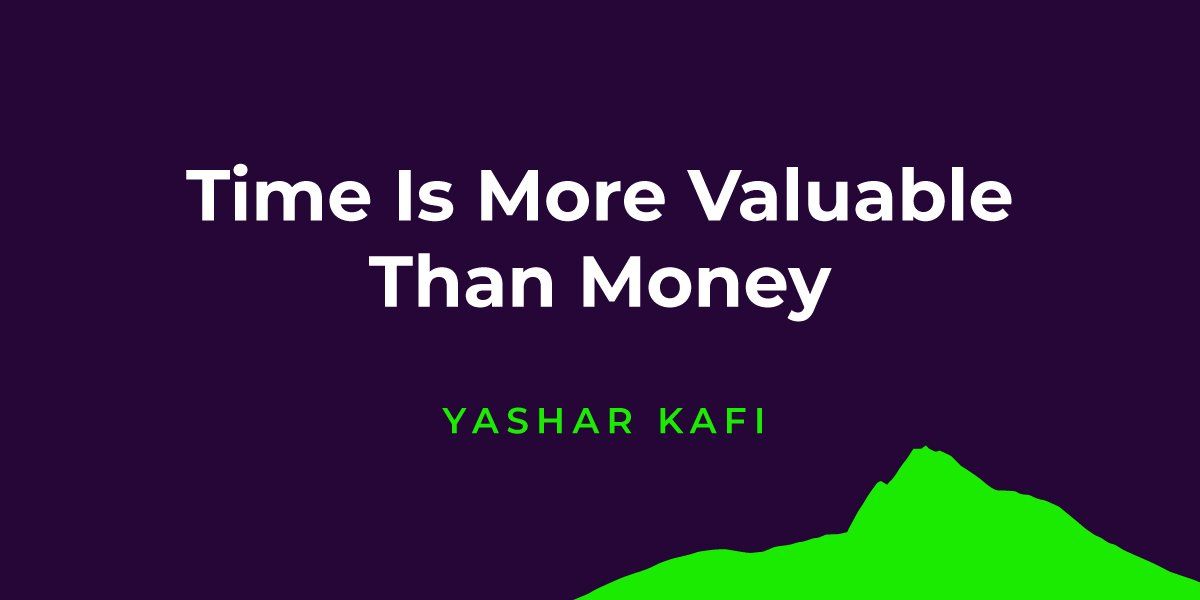Time Is More Valuable Than Money
American Entrepreneur and acclaimed motivational speaker and author Jim Rohn once said: “Time is more valuable than money. You can get more money, but you cannot get more time.” This is a concept that I feel many people would agree with. But, when it comes to how they (okay, we) operate in our daily lives, our actions do not reflect that we do indeed believe this is true.
Think about it: How much time have you spent this week thinking about money, at work making more money, and planning what you will do with the money you are making and will make? My guess is a lot. Now, how much time did you spend not working and earning, not planning for present or future financial transactions or investments, but just simply enjoying life and investing in your mental/spiritual well-being and/or relationships? In contrast, I would wager not near enough.
I’m hoping this article and the following reasons help you feel that time is worth far more than money. And they can provide something for you to reflect on and perhaps spur you to rethink your “investments.”
*Time is finite. Simply put: You can’t make more time. The funny thing is when you think about it, it’s a bit ironic because you can use your time to make more money, but you can never turn around and use that money to buy more time. There will always be more money out there to earn, but as for time, it runs out for us all eventually.
*Material things pale in comparison to actual experiences. I am speaking for myself here, but from talking about this with friends and colleagues as well, I am confident they agree with the assertion that the memories we make are the “things” (or non-things, really) that we most cherish in our lives. This is especially true with people in my own life who have passed away. I look back and cherish the time spent making memories with them. A material possession just can’t compare to that.
*Money is dependent on time, not vice versa. Go with me on this one: You need time to spend your money. I think about those who are considered rich: It would take them two lifetimes (or more) to spend their riches, but we are all operating on an equal playing field when it comes to time. Their money cannot buy them any more time than mine can or yours. Money can indeed buy you a lot of nice, fun things, but it cannot buy you more time.
*Time is invaluable. You cannot put a value on time. It is our most priceless resource. In direct (and ironic) contrast, money is solely defined by a (numerical/fiscal) value in the form of a proverbial price tag. Bottom line: You literally cannot put a price on time.
Having said all of this, I am in no way diminishing the need to have money, nor the importance of it for improving our quality of life and comfort. I just think there is a real danger in allowing it to have too much power—so much that we lose the balance of it with time in our lives. Ideally, we will find a healthy balance between the two, where we can all have enough money without sacrificing the priceless gift of time in the equation.
This is easier said than done, especially when businesses need to be run and money still needs to be made. However, make sure to keep one eye on the big picture. Time is finite, use it with care.




